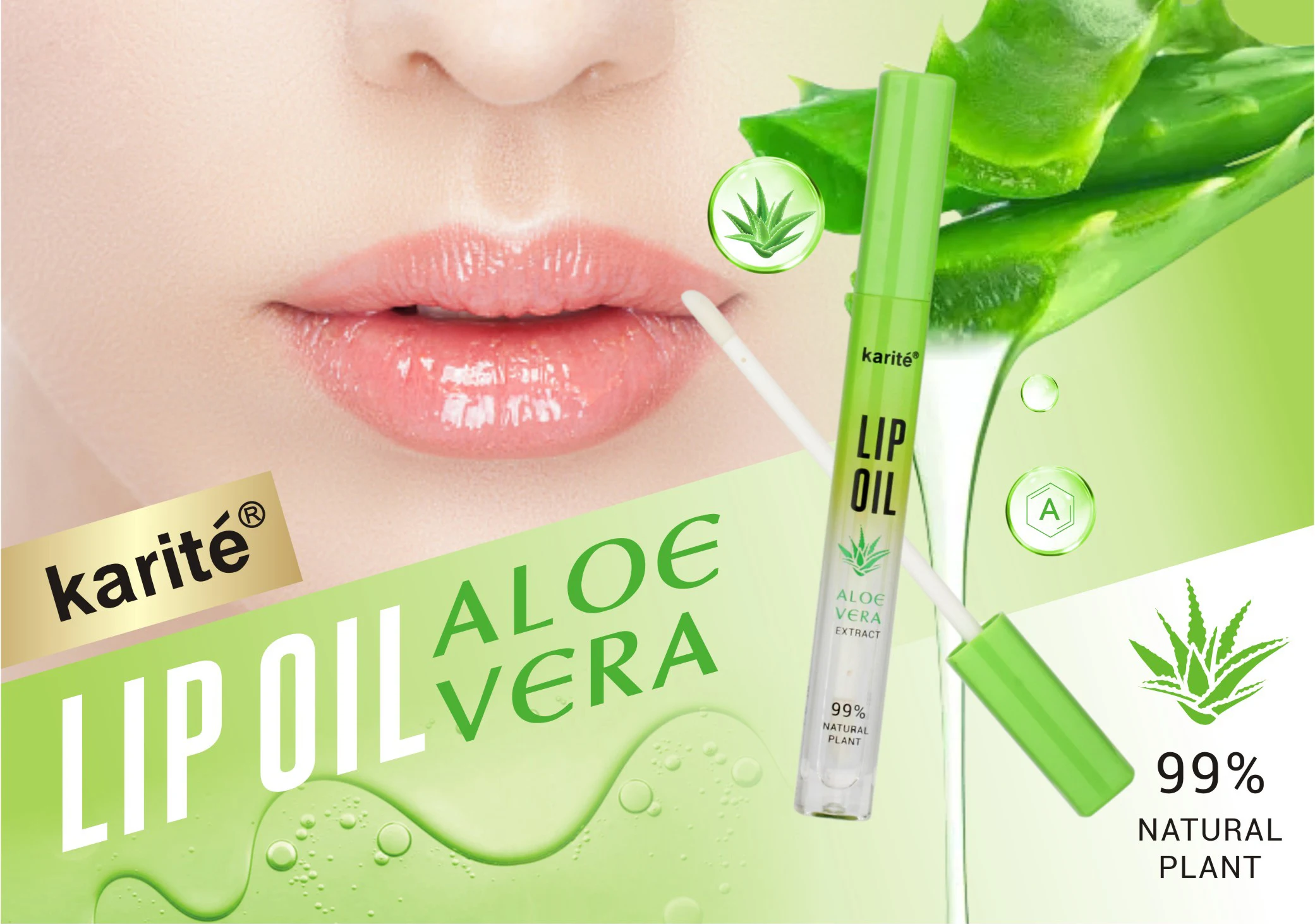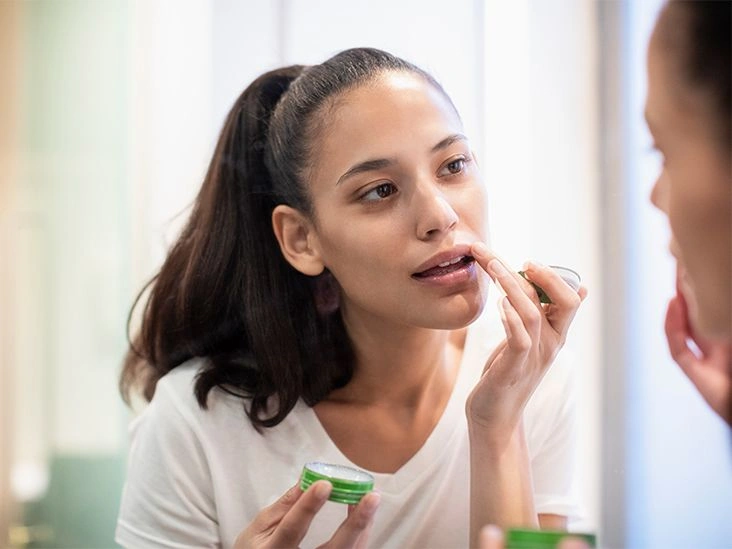Aloe vera has been employed medicinally for many uses for centuries. The clear, gel-like substance inside aloe leaves possesses soothing, reparative, and anti-inflammatory qualities that make it useful for treating skin problems, including cracked or chapped lips.
Pure aloe vera is generally safe to apply to delicate areas where other skincare products might be inappropriate, such as the lips and the skin beneath the eyes. Medical studies specifically investigating aloe for chapped lips are limited, so definitive conclusions about its effectiveness are scarce. Still, many people report positive results and find it simple to use.

The research
The rationale for using aloe on chapped lips stems primarily from its wound-healing attributes. It may aid recovery from several skin issues, including:
- wounds
- burns
- dry skin
- irritation
The effectiveness of aloe vera gel comes from its chemical makeup. Research indicates that polysaccharides and growth factors in aloe encourage the skin to generate new cells, which speeds up wound repair.
Those same polysaccharides also help retain moisture in your skin, which is useful when addressing chapped lips.
Aloe vera additionally boosts blood flow to the area where it’s applied. It contains antioxidants, which may help neutralize damage caused by environmental toxins.
There are no clinical trials directly comparing aloe vera to other treatments for chapped lips. Nonetheless, aloe’s healing reputation and its presence in numerous commercial lip balms provide a reasonable argument for using it on dry, cracked lips.
Is it effective?
Applying aloe to chapped lips may help hydrate the skin. Chapped lips are commonly driven by dryness and sometimes inflammation. Given aloe’s purported moisturizing and anti-inflammatory effects, it could be beneficial for this condition.
Burns
Aloe is also worth considering when lips are burned. Whether from drinking something too hot or from sun exposure, aloe can be used as a calming, restorative application.
As the Mayo Clinic notes, aloe appears to reduce the healing time for first- and second-degree burns.
Lip balm
You can use aloe on its own as a lip treatment, but combining it with other ingredients helps it stay in place. Aloe’s slick texture means it’s absorbed rapidly by the skin but may not remain on the lips long enough to shield them from the elements.
Beeswax, coconut oil, and mineral oil are common additives if you want to make a homemade lip balm featuring aloe.
However, some commercial beeswax contains propolis, which has triggered allergic reactions in certain individuals. Always do a patch test on a small skin area before using beeswax widely.
Pure aloe can serve as an overnight remedy for chapped lips, though be aware it may slide off and transfer to other parts of your face, pillowcases, and sheets.
Applying a small amount of aloe to chapped lips during the day may be more practical for many people.
Hyperpigmentation
A substance called aloesin can be extracted from aloe leaves and has been investigated for its potential to lighten skin. However, there is only limited evidence suggesting aloesin might reduce certain hyperpigmented areas.
Trying aloe to fade dark spots caused by skin conditions probably won’t cause harm, but expectations should be modest.
Importantly, lips that are naturally darker are unlikely to change color even with continual use of aloesin or other aloe-derived components.
Benefits
Aloe vera offers several advantages for your lips, whether they are cracked or healthy. These benefits include:
- binding moisture to the skin, helping lips feel less dry
- possessing anti-inflammatory effects that reduce irritation
- providing antioxidants that combat aging and other skin damage
Drawbacks
There are few downsides to applying aloe to your lips, provided you aren’t allergic to it. Allergic responses to aloe are uncommon, though they do occur.
When applied to the lips, small amounts of aloe may be ingested. The quantity is likely negligible, but there are a few cautions to keep in mind.
Oral ingestion of aloe can interfere with some diabetes medications, increasing the risk of low blood sugar. Taken orally, aloe also has a diuretic effect, which could amplify the action of blood-thinning medications such as warfarin (Coumadin).
How to use it
You can buy pure aloe vera gel from many health-food stores and pharmacies. Gently apply a small amount to the chapped area with your fingers once or twice daily.
You can also experiment with ways to use aloe for chapped lips, such as crafting a DIY lip balm that protects while helping your lips heal. Be cautious of potential allergies to any ingredients, and remember that homemade recipes are anecdotal.
Alternative remedies
If aloe vera doesn’t work well for you, consider these other natural options for chapped lips:
- Coconut oil is a common home remedy. It may soothe and help heal while sealing moisture on the skin’s surface.
- Avocado oil and extra-virgin olive oil are thicker oils that can lock in moisture and deliver beneficial fats and proteins to your lips.
- Applying cucumber slices to the lips may calm inflammation or redness and add hydration.
Although these remedies have anecdotal support, there isn’t sufficient research to confirm their effectiveness for chapped lips.
The bottom line
Scientific evidence directly explaining why aloe vera might relieve chapped lips is limited. Still, its well-documented healing qualities suggest plausible reasons it could help.
Using aloe on your lips is easy, inexpensive, and carries minimal risk for most people. It’s a reasonable home remedy to try for chapped or irritated lips.


















Leave a Reply
You must be logged in to post a comment.